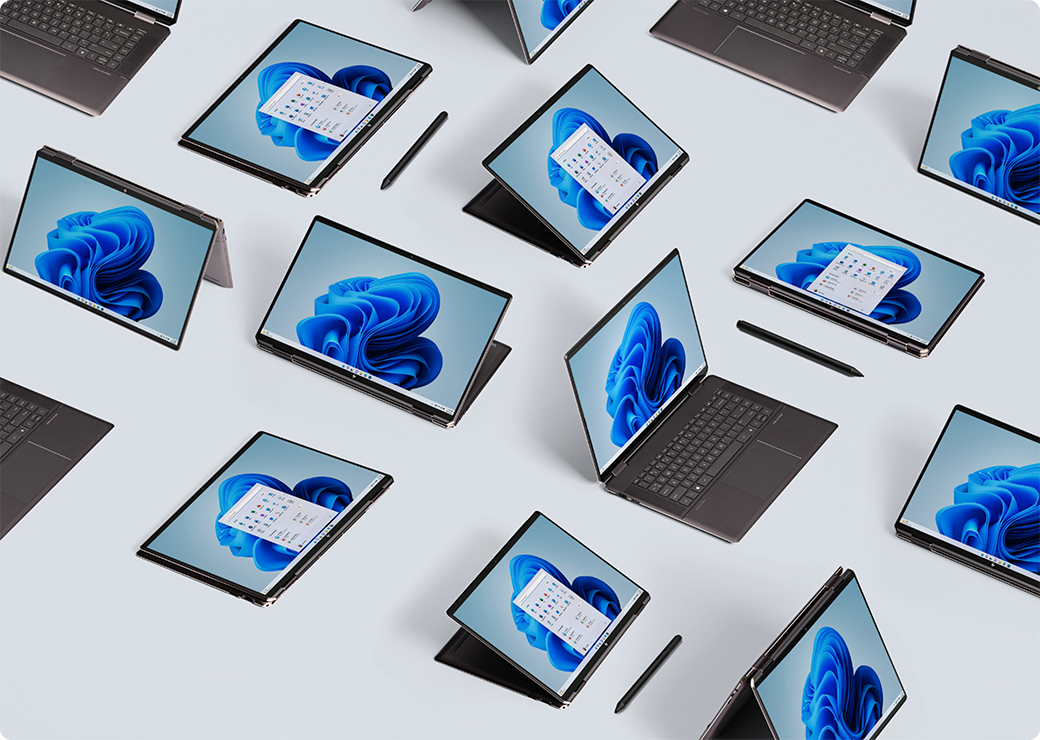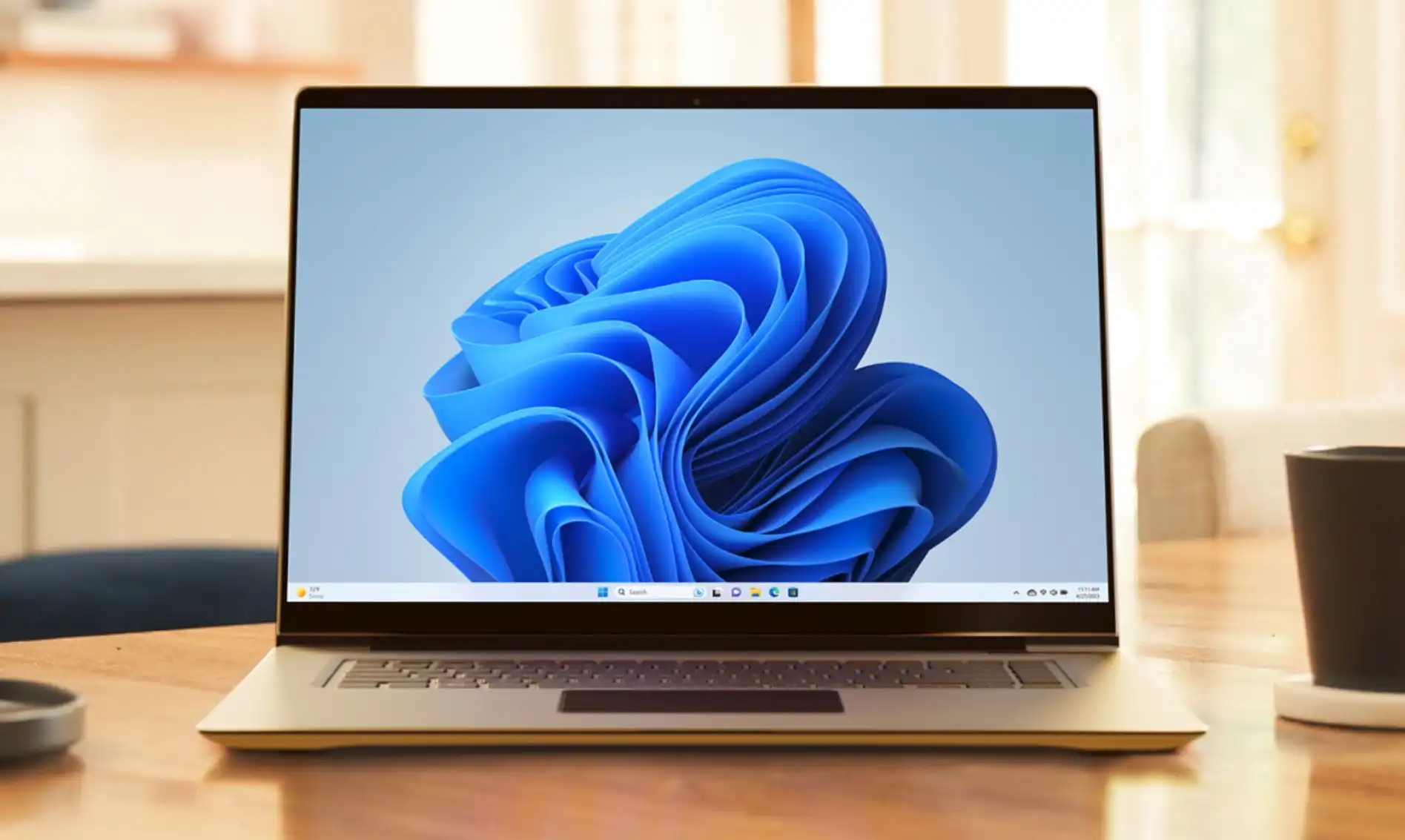Multitasking on a Mac becomes a breeze when you know how to efficiently manage and switch between desktops. MacOS offers a powerful feature called Mission Control, which streamlines workspace organization by letting users create multiple virtual desktops, also known as Spaces. This allows for a cleaner and more productive computing environment where you can separate tasks, applications, and projects. In this guide, we’ll explore the ins and outs of how to switch desktops on Mac like a pro, enhancing your user experience and boosting your productivity.
Creating and Customizing Multiple Desktops in Mission Control
Initiating Mission Control and Adding Desktops
Mission Control is the command center for managing Spaces on MacOS. To access Mission Control, you can either swipe up with three or four fingers on your trackpad, press the F3 key (or the Control + Up arrow shortcut), or click the Mission Control icon in your Dock. Once you’re in Mission Control, you’ll see an overview of your open windows and Spaces. To add a new desktop, simply move your cursor to the top of the screen and click the ‘+’ button that appears in the upper right corner.
Organizing Spaces for Optimal Workflow
After creating new desktops, you can drag and arrange them in your preferred order at the top of the Mission Control interface. To personalize a desktop, navigate to it and right-click on the desktop background, then choose ‘Change Desktop Background’ to select a unique wallpaper. Assigning distinctive wallpapers can help you quickly identify the purpose of each Space, whether it’s for work, leisure, or a specific project. By customizing your desktops to fit your workflow, you’ll ensure that each Space serves its function effectively.

Mastering Keyboard Shortcuts and Gestures to Switch Desktops
Keyboard shortcuts are a fast and convenient way to switch between desktops without breaking your workflow. The primary shortcuts to remember are ‘Control + Left Arrow’ and ‘Control + Right Arrow’, which move you to the previous or next Space, respectively. If you’re a power user who enjoys keeping your hands on the keyboard, these shortcuts will become second nature as you navigate your MacOS environment.
Using Trackpad Gestures for Seamless Transitions
For those who prefer the trackpad, MacOS supports intuitive multi-touch gestures that make switching desktops feel seamless. By default, swiping left or right with four fingers on the trackpad will take you to the next or previous desktop. These gestures can be customized in the Trackpad section of the System Preferences, allowing you to tailor the trackpad response to your liking. Utilizing gestures can significantly speed up your desktop navigation and provide a more engaging user experience.

Utilizing Spotlight and Hot Corners to Enhance Desktop Switching
Leveraging Spotlight for Fast App Launching and Desktop Management
Spotlight is not just a tool for searching; it can also be a powerful ally in managing and switching between desktops. Activating Spotlight with ‘Command + Space’ allows you to quickly open applications without cluttering your current desktop. You can then move the newly opened apps to a different Space by entering Mission Control. This integration of Spotlight with virtual desktop management ensures that your Spaces remain organized and dedicated to specific tasks.
Configuring Hot Corners for Instant Access to Mission Control
Hot Corners is a feature that triggers specific actions when you move your cursor to any corner of your screen. You can set one of your screen corners to activate Mission Control, providing you with immediate access to all of your Spaces. To configure Hot Corners, go to System Preferences, select ‘Mission Control’, and click on ‘Hot Corners’. Assigning Mission Control to a Hot Corner can greatly enhance your productivity by giving you the ability to rapidly switch views and manage your desktops with a simple mouse gesture.

Troubleshooting Common Issues When Switching Between Desktops
Resolving Mission Control Glitches and Lag
Sometimes, you may encounter hiccups when switching between Spaces, such as delays or unresponsiveness. These issues can often be resolved by restarting your Mac or resetting the System Management Controller (SMC) if you’re using an Intel-based Mac. Another solution is to check for MacOS updates, as they can contain fixes for known problems. If you frequently experience lag, consider closing resource-heavy apps or decluttering your desktops to improve performance.
Keeping Desktops Organized and Managing Open Windows
An overcrowded desktop can hinder your ability to quickly switch between Spaces and find the windows you need. To keep your desktops organized, regularly close windows that you no longer need and use Mission Control to distribute your work evenly across Spaces. You can also utilize the ‘Application Windows’ gesture (swipe down with three or four fingers) to view all open windows of a single app, making it easier to locate and manage them. By maintaining well-organized desktops, you’ll navigate through your MacOS like a true pro, with a tidy workspace that caters to efficiency and ease of use.

Optimizing Space Usage for Maximum Efficiency
Streamlining Workspaces with App-Specific Desktops
For an even more streamlined MacOS experience, consider dedicating specific desktops to individual applications or workflows. This can be achieved by opening an app and using the ‘Options’ menu in the Dock to assign it to a particular Space. By doing so, whenever you launch that app, it will automatically open in its designated desktop, keeping your workspaces neatly compartmentalized. This method is particularly useful for professionals who need to switch between different software throughout the day, such as graphic designers or programmers. By optimizing the usage of Spaces, you can maintain a laser-sharp focus on the task at hand, minimizing distractions and enhancing your overall productivity on your Mac.

Mastering the art of switching desktops on MacOS can significantly elevate your computing experience, enabling you to manage your digital workspace with expertise. By utilizing Mission Control, customizing desktops to match your workflow, and employing keyboard shortcuts and gestures, you can navigate through your tasks with unparalleled fluidity. Moreover, integrating Spotlight, configuring Hot Corners, and keeping your desktops organized are advanced strategies that can optimize your productivity. Troubleshooting common issues will ensure that your transition between Spaces remains smooth and efficient. Embrace these tips, and you’ll be navigating your Mac’s desktops like a seasoned pro before you know it.